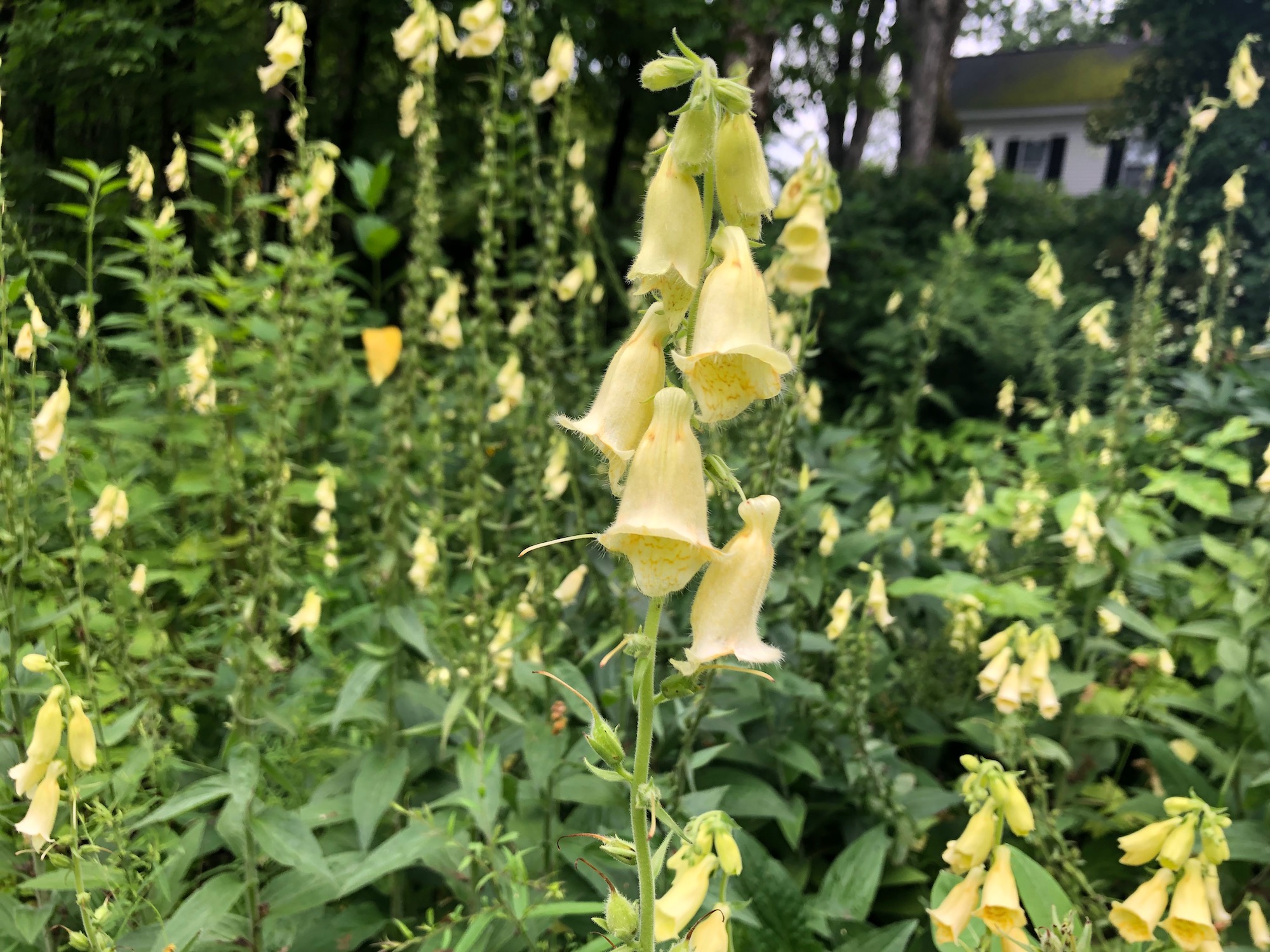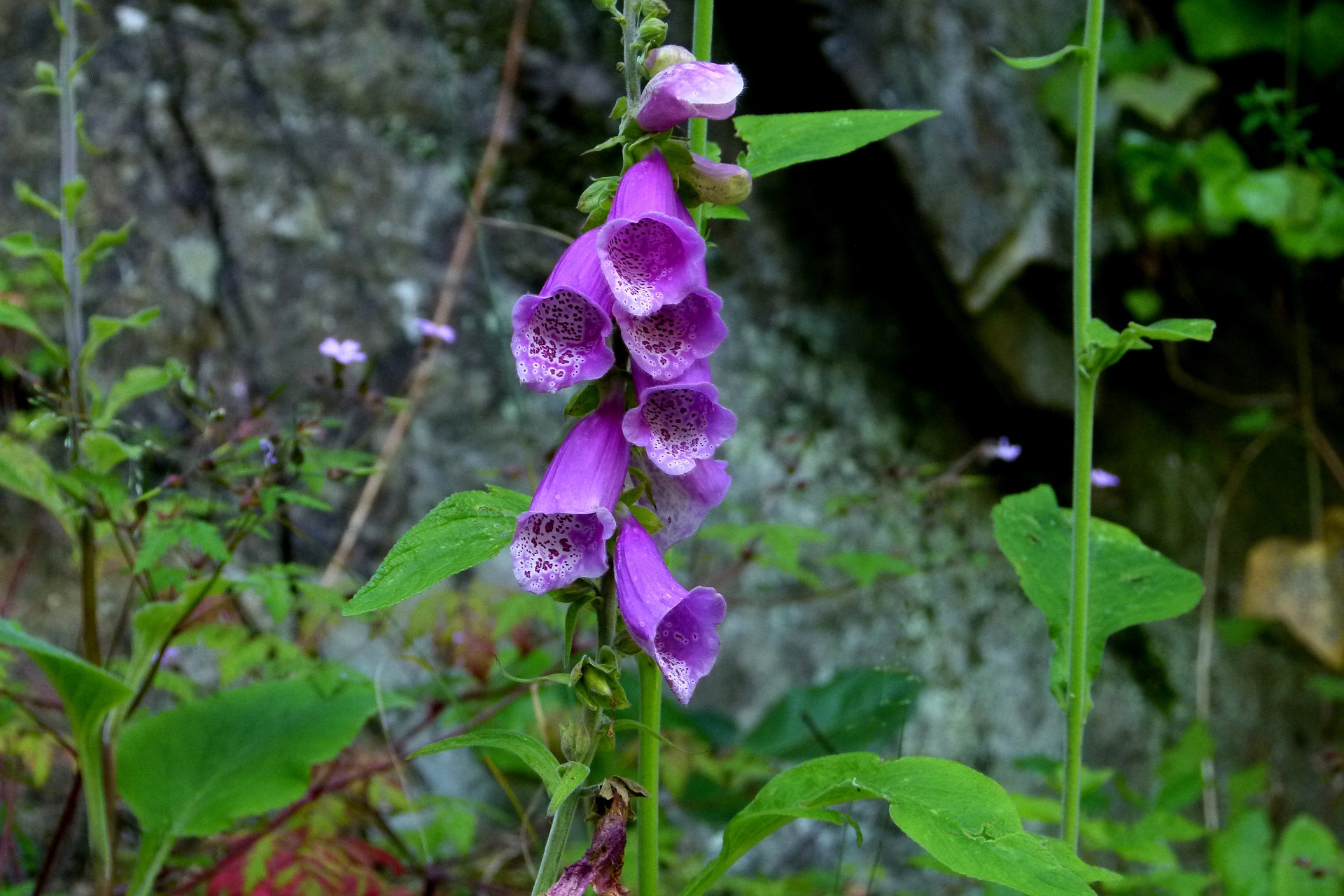
Also receive the Almanac Daily newsletter including gardening tips, weather, astronomical events, and more.
How to Plant, Grow, and Care for Foxglove Flowers
ADVERTISEMENT
It hasn't overwintered here in Minnesota. Must use annual variety. Self seeding is not equivalent to biennial.
Very happy
Digitalis is a very useful plant that is still used to treat heart ailments. Three main glycosides can be extracted from it : digitoxin, digoxin, and ouabain. They differ in their half-lives, from longest to shortest, respectively, though digoxin ( brand name Lanoxin) is the one most commonly available in the US. The mechanism of action is at the Na-K ATP'ase receptor. It is used for its inotropic effect to strengthen heart contractility in heart failure as well as to control heart rate in supraventricular arrhythmias such as atrial fibrillation. The effect of digitalis can be seen on an ECG as ST coving commonly referred to as dig effect. An overdose can on the other hand produce practically any kind of arrhythmia (proarrhythmia). The earliest sign of overdose clinically can be a feeling of weakness.
Digitalis leaves were still being used in the 1960s/1970s as a tablet, noticeably being green and looking like it was made from leaves. Now, though, it has been replaced by digoxin extracted from the leaves (a white tablet) which is easier to standardise for a dosage which is safer. Natural plant products are greatly influenced in content depending on the weather.











